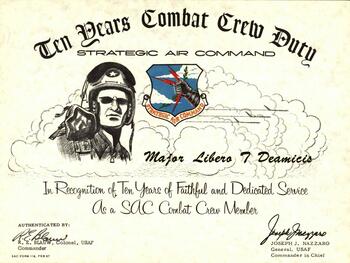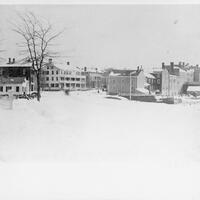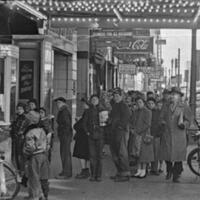DeAmicis Family Collection
Collection Owner:
Cover Image:

Libero T. DeAmicis 10 Years Combat Crew Duty Certificate - Image Source
Collection Facts
Extent:
59
Dates of Original:
1905 - 2008
Browse within this collection
Additional Information
Scope and Content Source:
Browse similar collections
NYH Topic Areas:
Collection Type:


